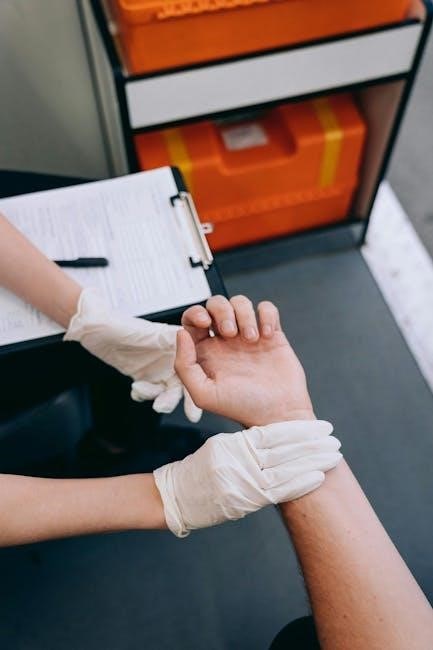Snake bites are a significant public health concern, requiring immediate attention to prevent severe outcomes. Delaying proper first aid can worsen symptoms and reduce survival chances. Understanding regional differences in venomous species and first aid practices is crucial for effective treatment. Prompt medical intervention, including antivenom administration, is essential to mitigate the impact of venomous bites. Always prioritize immobilization and reassurance to help the victim remain calm, as panic can exacerbate the situation. Remember, not all bites are venomous, but treating every bite as a potential emergency ensures the best outcomes. Keep the affected limb below heart level to slow venom spread and avoid unnecessary movement. Educating oneself on proper first aid techniques can make a significant difference in saving lives. Never attempt unproven remedies like tourniquets or suction, as they can cause more harm. Instead, focus on immobilizing the limb and seeking professional medical help as quickly as possible. Additionally, knowing the species of snake can aid in administering the correct antivenom, though this should not delay seeking help. Stay informed about local guidelines, as first aid recommendations may vary by region due to differences in snake species and venom composition. Always keep emergency contact numbers handy, especially when venturing into areas where snake encounters are common. By following these principles, individuals can improve outcomes for snake bite victims and reduce the risk of complications.
1.1 Importance of Immediate First Aid
Immediate first aid for snake bites is critical to prevent severe complications and improve survival rates. Delays in treatment can lead to rapid progression of venom effects, making it harder to manage symptoms. Prompt actions help reduce the spread of venom through the bloodstream, minimizing tissue damage and organ failure. First aid measures, such as immobilization and pressure bandaging, can significantly slow venom movement, buying time for medical intervention. Early response also reduces the risk of long-term disabilities and improves overall patient outcomes. Professional medical treatment should always follow first aid, as antivenom administration is often necessary to neutralize venom effects effectively.
1.2 Overview of Snake Bite Severity Factors
The severity of a snake bite depends on several factors, including the species of the snake, the amount of venom injected, and the location of the bite. Venomous snakes like cobras, vipers, and rattlesnakes vary in potency, with some delivering neurotoxic or hemotoxic venom. Bites on areas with high blood flow, such as the torso, can lead to faster venom spread. The age and health of the victim also play a role, with children and the elderly being more vulnerable. Understanding these factors helps tailor first aid and medical interventions effectively.
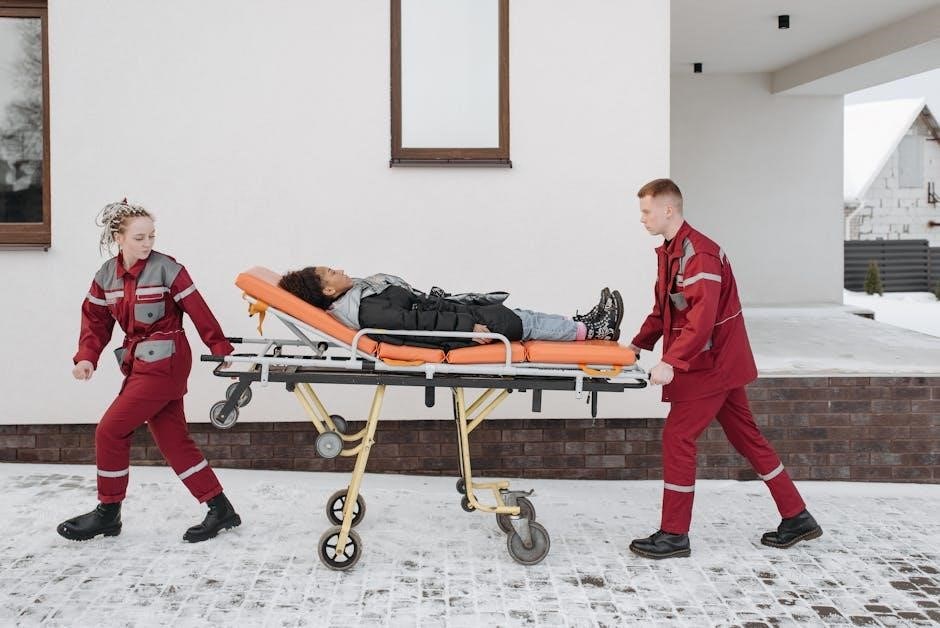
Immediate Steps After a Snake Bite
Move away from the snake, stay calm, and remove constrictive items. Immobilize the affected limb and apply a pressure bandage. Seek medical help promptly.
2.1 Moving Away from the Snake
Moving away from the snake immediately after a bite is crucial to avoid further bites or stress. Keep a safe distance to prevent provoking the snake further. Do not attempt to chase or kill the snake, as this increases heart rate and venom spread. Instead, focus on remaining calm and stabilizing the situation. Gently back away, ensuring the snake has an escape route. This step prioritizes safety and reduces the risk of additional bites. Stay composed and avoid sudden movements that might agitate the snake. Prioritize distance and de-escalation to minimize harm and allow medical attention to be sought promptly.
2.2 Staying Calm and Reducing Heart Rate
Staying calm after a snake bite is essential to slow venom distribution. Panic increases heart rate, accelerating venom spread. Encourage the victim to remain still, sit or lie down, and avoid unnecessary movement. Deep breathing can help maintain calmness. Reducing physical exertion prevents rapid circulation of venom. Do not run or engage in strenuous activities. Keeping the heart rate low minimizes the severity of envenoming. This step is critical before seeking medical help, as it buys time for professional treatment; Stay focused, reassure the victim, and avoid stress-inducing actions to ensure the best possible outcome.
2.3 Removing Constrictive Items
After a snake bite, it’s crucial to remove any constrictive items near the bitten limb to prevent swelling from being restricted. Jewelry, watches, tight clothing, or shoes should be gently taken off. This helps avoid further injury or impediments to blood flow. If the bite is on an arm or leg, remove rings, bracelets, or anything tight. Act calmly and carefully to avoid startling the victim. Do this before significant swelling begins, as delayed removal may worsen the situation. This step ensures the affected area can swell naturally, reducing the risk of additional complications.
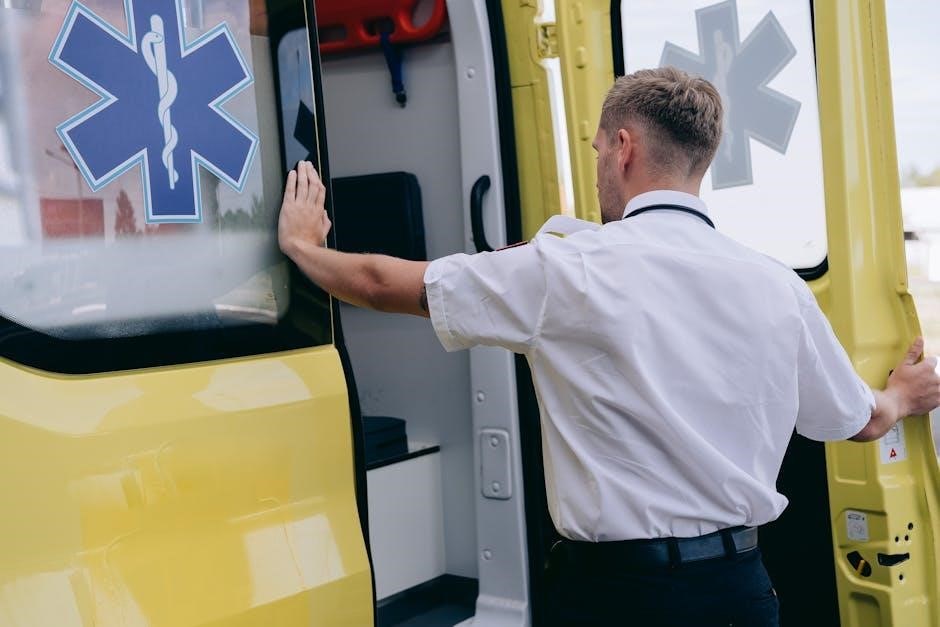
Prevention of Snake Bites
Preventing snake bites is crucial to avoid emergencies. Key strategies include avoiding habitats, wearing protective gear, and handling snakes safely. Awareness and caution are vital.
3.1 Avoiding Snake Habitats
To prevent snake bites, it is essential to avoid areas where snakes are commonly found. Snakes often inhabit dense vegetation, rocky terrains, and dark, secluded spots. When walking in wilderness areas, stay on marked trails and avoid reaching into bushes, crevices, or under logs without proper inspection. Wearing long pants, boots, and gloves can reduce the risk of encounters. Additionally, using a flashlight in low-light conditions helps spot snakes ahead. Clearing brush or debris from living spaces can also minimize the likelihood of attracting snakes.
3.2 Wearing Protective Clothing
Wearing protective clothing is a critical preventive measure against snake bites. Long, loose-fitting pants and long-sleeved shirts create a barrier between skin and potential bites. Sturdy, high boots with good coverage protect the feet and ankles, common bite areas. Socks should extend above the calf to shield the lower legs. Gloves, especially thicker ones, are advisable when handling objects in snake-prone environments. These layers make it harder for snakes to reach the skin, delaying venom entry. Avoid tight clothing that may restrict movement or constrict areas, as this could worsen a bite’s impact.
3.4 Safe Handling of Snakes
Safe handling of snakes is essential to prevent bites, especially when dealing with venomous species. Always use tools like snake hooks or tongs to maintain a safe distance. Never handle snakes bare-handed unless absolutely necessary and you are experienced. Wear gloves and ensure the snake is calm. Avoid sudden movements, as this may provoke the snake. Be aware of the snake’s behavior, as stressed snakes are more likely to bite. If unsure about the species or how to handle it, seek professional assistance. Proper training and knowledge are crucial to minimize risks and ensure safety for both humans and snakes.

Immobilization of the Bitten Limb
Immobilizing the bitten limb helps restrict movement, slowing venom spread and reducing discomfort. Use a splint or sling to keep it still and seek medical help promptly.
4.1 Using Splints and Slings
Using splints and slings is crucial for immobilizing the bitten limb, preventing unnecessary movement that could spread venom. A splint should be applied to the affected area, keeping it straight and secure. Slings can be used for arms or shoulders to immobilize and support the limb. Ensure the splint or sling is not too tight, as this can restrict blood flow. Immobilization helps reduce pain and swelling while minimizing venom circulation. Keep the limb as still as possible until medical help arrives. This step is vital for effective first aid and improves outcomes in snake bite emergencies.
4.2 Keeping the Limb Below Heart Level
Keeping the bitten limb below heart level helps reduce the flow of venom through the bloodstream. This position slows down the circulation of venom, minimizing its spread and potential damage. Elevating the limb above heart level can increase heart rate and accelerate venom circulation, worsening the situation. Gently place the affected arm or leg in a neutral position, avoiding unnecessary movement. This step, combined with immobilization, supports effective first aid by reducing swelling and delaying venom effects. Always prioritize this method until professional medical care is available to ensure the best possible outcome for the victim.
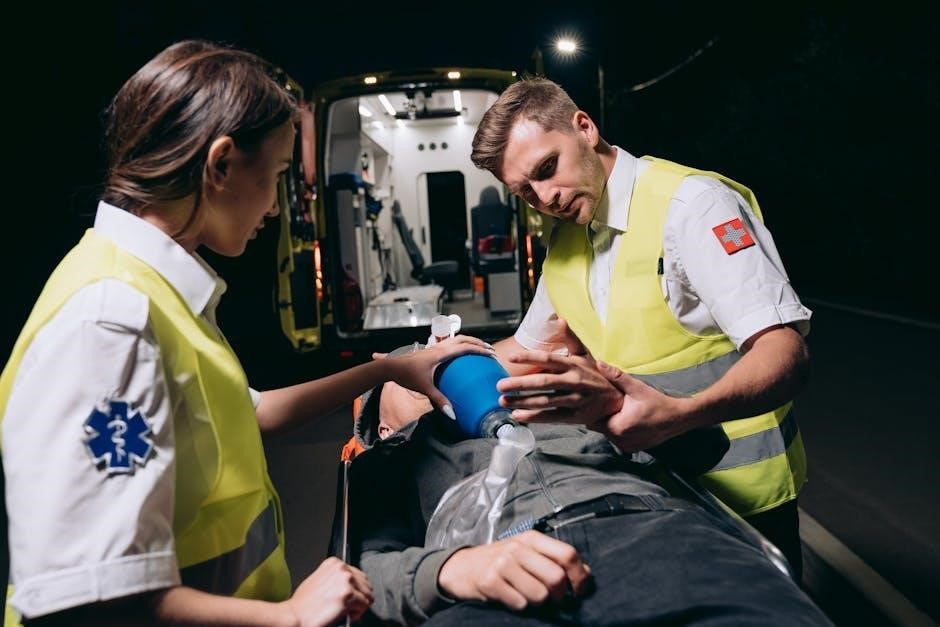
Applying a Pressure Bandage
A pressure bandage helps constrict the limb, slowing venom spread. Apply it firmly but not too tight to avoid restricting blood flow and promote healing.
5.1 Correct Technique for Bandaging
The bandage should be wrapped firmly but not too tightly, starting from the bite site and moving upwards. This helps restrict venom spread without cutting off circulation. Use a clean, dry dressing to cover the wound first; The pressure should be even, avoiding creases or twists. Ensure the bandage extends several inches above and below the bite area. Avoid using elastic or tight materials that may constrict further. Proper bandaging supports immobilization and reduces swelling, while also preventing further irritation to the wound. Always seek immediate medical attention after applying the bandage.
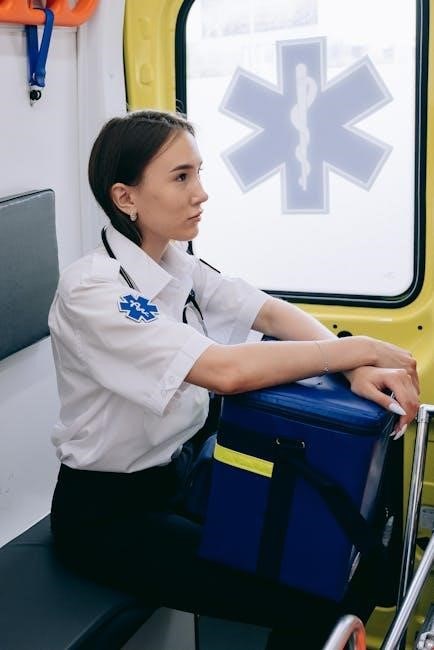
5.2 Marking the Bite Site
Marking the bite site is crucial for medical professionals to assess and treat the wound effectively. Use a non-permanent marker to draw a circle around the bite area, noting its edges and any fang marks. Include the date and time of the bite if possible. This helps track potential swelling progression and guides antivenom administration. Ensure the mark is clear but does not interfere with the bandage or immobilization. Avoid pressing too hard, as this may worsen the injury. This simple step provides valuable information for healthcare providers, aiding in precise treatment and monitoring.
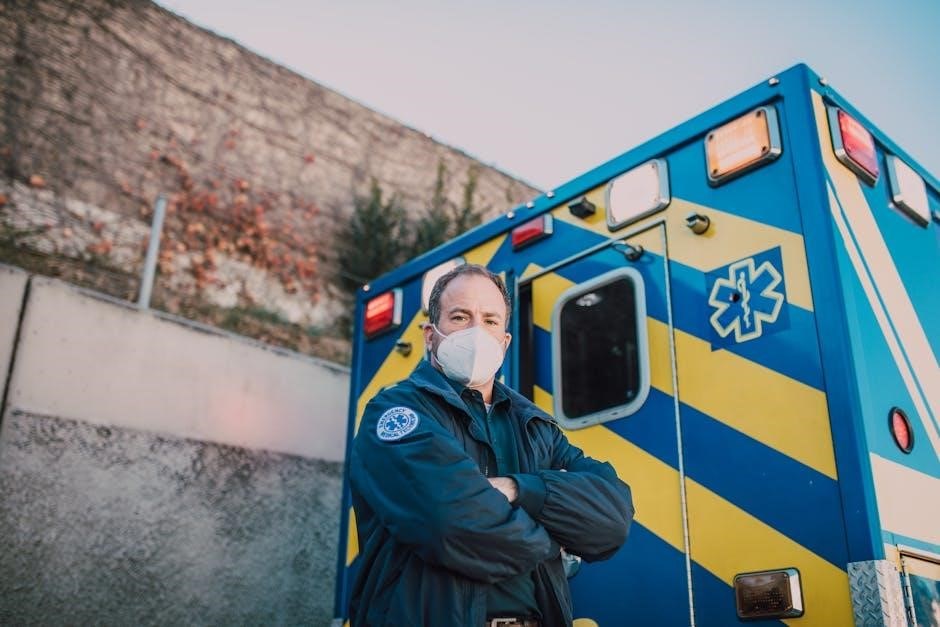
Medical Treatment and Antivenom
Medical treatment involves administering antivenom to neutralize venom effects. Supportive care, like pain management and wound care, is provided. Hospitalization is often required for monitoring and treatment.
6.1 Importance of Antivenom Administration
Antivenom administration is critical in treating snake bites as it neutralizes venom, preventing severe complications like organ failure. Timely use reduces mortality rates and improves recovery outcomes significantly. Early intervention ensures better effectiveness, as venom spreads rapidly. Proper dosing and type-specific antivenom are essential for optimal results. Delaying treatment can worsen symptoms, making prompt medical care vital. Antivenom is tailored to counteract specific venom effects, emphasizing its importance in first aid protocols. It remains a cornerstone in managing envenoming, highlighting the need for immediate access to healthcare facilities equipped with antivenom supplies.
6.2 Role of Hospitals in Treatment
Hospitals play a pivotal role in snake bite treatment by providing advanced care and specialized resources. They offer a controlled environment for administering antivenom, monitoring vital signs, and managing complications. Trained medical professionals assess the severity of envenoming and tailor treatment plans accordingly. Hospitals are equipped with necessary tools for respiratory and cardiac support, essential in severe cases. Additionally, they provide wound care, pain management, and address systemic effects of venom. Timely hospitalization significantly improves outcomes, making it a critical step in snake bite recovery. The hospital setting ensures comprehensive care, enhancing the chances of full recovery and minimizing long-term damage.
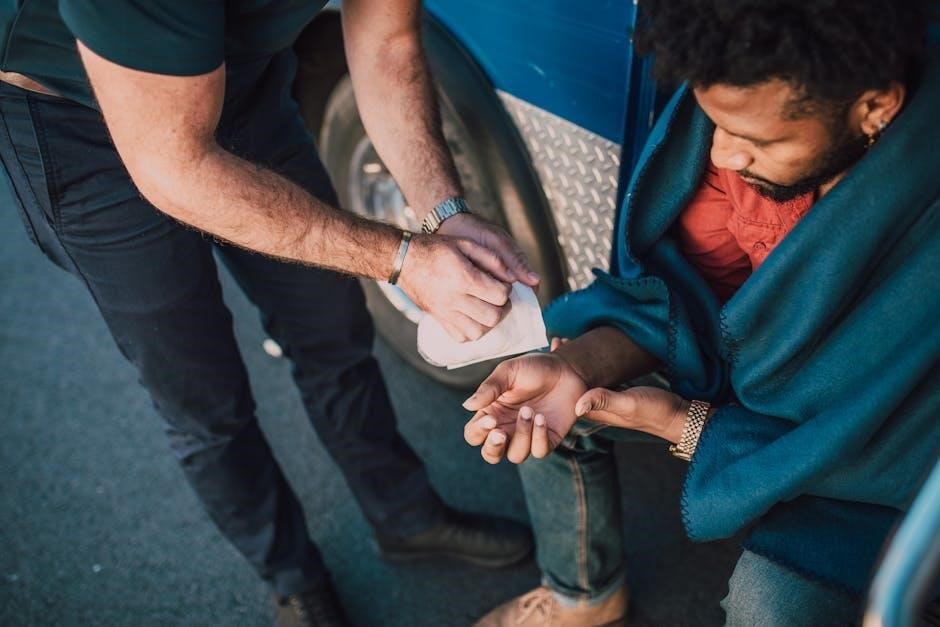
What Not to Do in a Snake Bite Emergency
Avoid using tourniquets, ice, or attempting to suck out venom. These methods are ineffective and can worsen the situation. Stay calm and seek professional medical help immediately.
7.1 Avoiding Arterial Tourniquets
Arterial tourniquets should never be used in snake bite emergencies, as they can cause more harm than good. Tourniquets restrict blood flow entirely, which may lead to severe tissue damage or even gangrene. Additionally, venom can still enter the bloodstream quickly, making this method ineffective. Improper use of tourniquets can also result in nerve damage or limb loss. Instead of using a tourniquet, focus on immobilizing the affected limb and keeping it below heart level to slow venom spread. Always prioritize professional medical treatment over unproven methods like tourniquets.
7.2 Refraining from Suction or Cutting the Wound
Suctioning or cutting the snake bite wound is strongly discouraged, as these methods are ineffective and potentially harmful. Suction devices rarely remove significant venom, and cutting the wound can cause severe tissue damage, infection, or scarring. These outdated practices also waste critical time that should be spent seeking professional medical care. Instead, focus on immobilizing the affected limb and keeping it below heart level to slow venom spread. Promptly seeking hospital treatment is the most effective approach for managing snake bites and preventing complications.
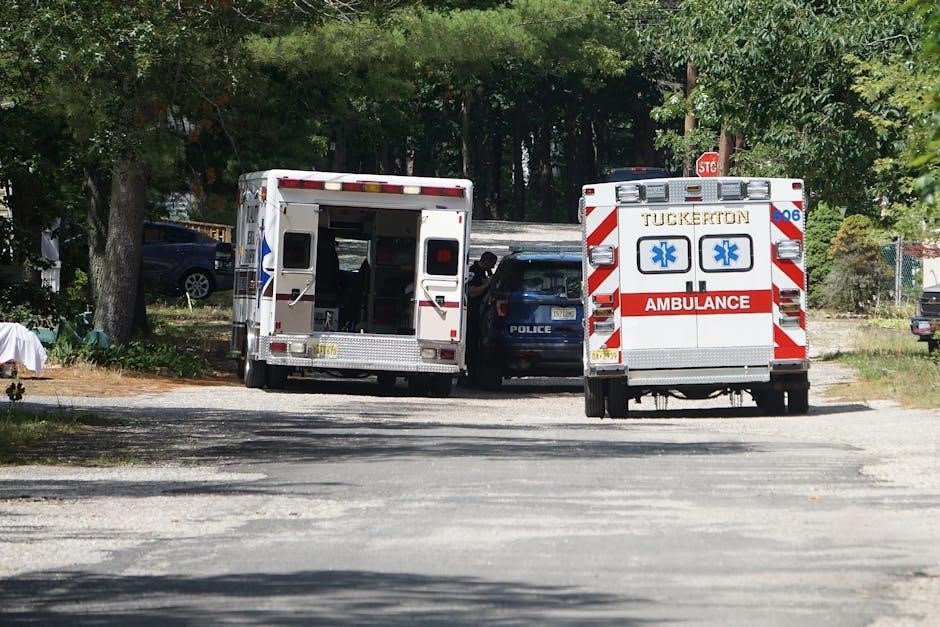
Regional Differences in Snake Bite First Aid
First aid practices vary by region due to differences in venomous species, local protocols, and antivenom availability, requiring tailored approaches to effectively manage bites.
8.1 Specifics for Venomous Species in Different Regions
Different regions have unique venomous snake species, requiring tailored first aid approaches. In Africa, cobras and puff adders are common, while Asia hosts kraits and Russell’s vipers. The Americas are home to rattlesnakes, copperheads, and coral snakes. In Australia, taipans and tiger snakes are prevalent. Each species’ venom varies in composition, affecting treatment strategies. For example, neurotoxic venom from elapids may demand immediate immobilization, whereas hemotoxic venom from vipers often necessitates wound care. Local protocols adapt to these differences, ensuring effective first aid based on regional species prevalence and venom characteristics.
8.2 Variations in Recommended First Aid Practices
First aid practices for snake bites vary significantly across regions due to differences in venomous species and medical infrastructure. In North America, emphasis is placed on immobilization and rapid transport to hospitals. In South Asia, where Russell’s vipers are common, pressure bandages are often recommended. In sub-Saharan Africa, traditional methods sometimes coexist with modern protocols. Australia advocates for pressure immobilization, while parts of Europe focus on immediate medical evacuation. These variations highlight the importance of adhering to locally established guidelines, as techniques effective in one region may not be suitable elsewhere. Training and awareness of regional specifics are critical for effective first aid.
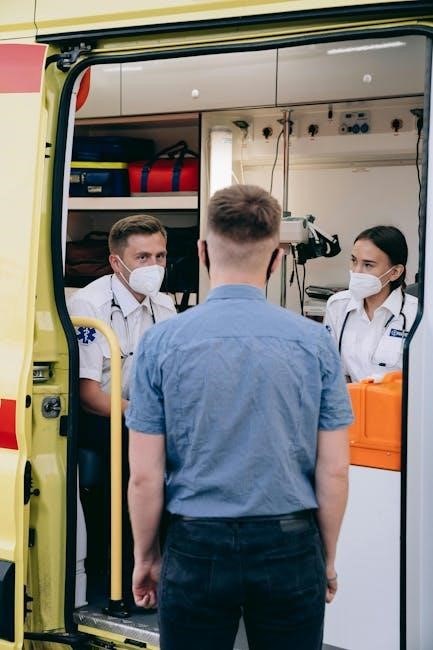
Special Cases in Snake Bite First Aid
Special cases include bites in children, the elderly, or individuals with pre-existing medical conditions. These groups may require tailored first aid due to heightened vulnerability.
9.1 Bites in Children and the Elderly
Children and the elderly are more vulnerable to snake bites due to smaller body mass and weaker immune systems. Immediate first aid is crucial to prevent severe outcomes. For children, immobilize the affected limb loosely without restricting circulation. Monitor vital signs closely, as envenoming can progress rapidly. Elderly individuals may have pre-existing health conditions, requiring extra caution. Seek medical attention promptly, as delays can worsen prognosis. Administering antivenom should be done under professional guidance, as dosage may vary based on age and weight. Prioritize rapid transport to a healthcare facility to ensure timely treatment and improve survival chances.
9.2 Multiple Bites or Severe Envenoming
In cases of multiple snake bites or severe envenoming, immediate medical attention is critical. Multiple bites increase venom load, intensifying symptoms like respiratory distress, cardiac instability, or neurological impairment. Severe envenoming demands rapid administration of antivenom and supportive care. Keep the patient calm and immobilized to slow venom spread. Monitor vital signs closely, as severe cases may require intubation or vasopressor support. Avoid unnecessary movement and apply pressure bandages cautiously to avoid complicating the injury. Prompt hospital transfer is essential, as advanced life support measures may be necessary to manage systemic effects and prevent long-term damage or fatalities.
Snake bite first aid is a critical lifesaving intervention that requires immediate action and proper technique. Understanding the steps to take, from immobilization to applying pressure bandages, can significantly improve outcomes. Prevention measures, such as avoiding snake habitats and wearing protective clothing, are equally important. Remember to avoid outdated practices like tourniquets or wound suction. Seeking professional medical help promptly is essential, especially for severe cases or multiple bites. By following these guidelines, individuals can reduce the risk of complications and improve survival rates in snake bite emergencies. Always prioritize calmness, quick thinking, and proper first aid techniques.
